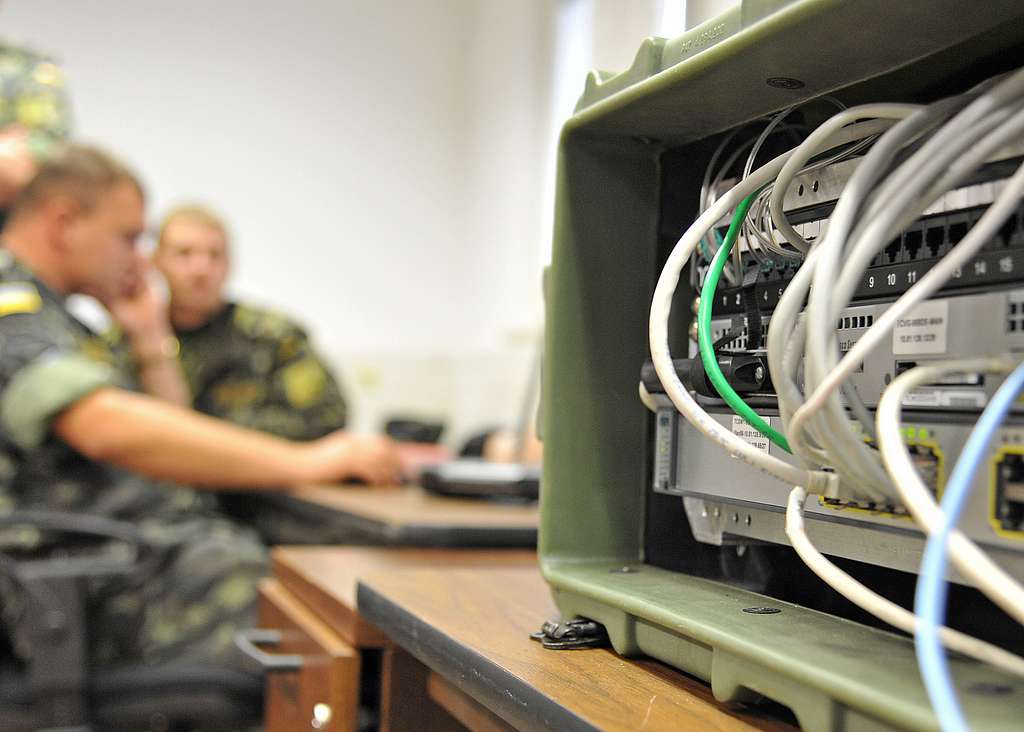Kevin Jon Heller on the Legality of Signature Strikes
Over at Opinio Juris, Kevin Jon Heller notes a new draft article he has posted on SSRN regarding the legality of signature strikes under international law. Kevin assures me that "Lawfare types certainly won't agree with all of it, but I think you will find it very fair." Indeed, the article does not appear to be a categorical rejection of the signature strike's legality.
Published by The Lawfare Institute
in Cooperation With

Over at Opinio Juris, Kevin Jon Heller notes a new draft article he has posted on SSRN regarding the legality of signature strikes under international law. Kevin assures me that "Lawfare types certainly won't agree with all of it, but I think you will find it very fair." Indeed, the article does not appear to be a categorical rejection of the signature strike's legality. The abstract reads as follows:
The vast majority of drone attacks conducted by the U.S. have been signature strikes – those that target “groups of men who bear certain signatures, or defining characteristics associated with terrorist activity, but whose identities aren’t known.” In 2010, for example, Reuters reported that of the 500 “militants” killed by drones between 2008 and 2010, only 8% were the kind “top-tier militant targets” or “mid-to-high-level organizers” whose identities could have been known prior to being killed. Similarly, in 2011, a U.S. official revealed that the U.S. had killed “twice as many ‘wanted terrorists’ in signature strikes than in personality strikes.” Despite the U.S.’s intense reliance on signature strikes, scholars have paid almost no attention to their legality under international law. This article attempts to fill that lacuna. Section I explains why a signature strike must be justified under either international humanitarian law (IHL) or international human rights law (IHRL) even if the strike was a legitimate act of self-defence under Article 51 of the UN Charter. Section II explores the legality of signature strikes under IHL. It concludes that although some signature strikes clearly comply with the principle of distinction, others either violate that principle as a matter of law or require evidence concerning the target that the U.S. is unlikely to have prior to the attack. Section III then provides a similar analysis for IHRL, concluding that most of the signature strikes permitted by IHL – though certainly not all – would violate IHRL’s insistence that individuals cannot be arbitrarily deprived of their right to life.I'm looking forward to reading the larger article.
Benjamin Wittes is editor in chief of Lawfare and a Senior Fellow in Governance Studies at the Brookings Institution. He is the author of several books.





